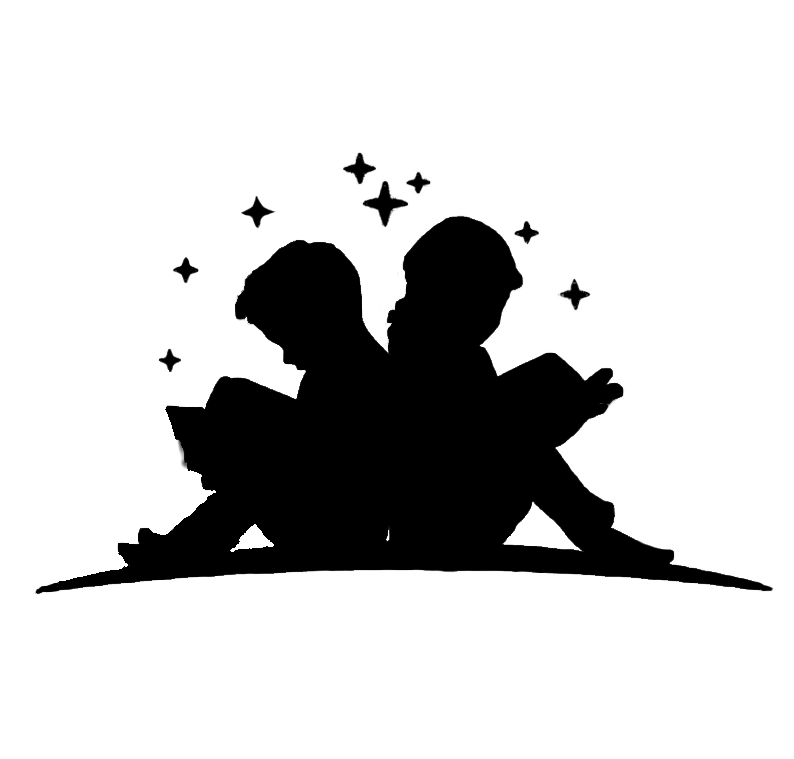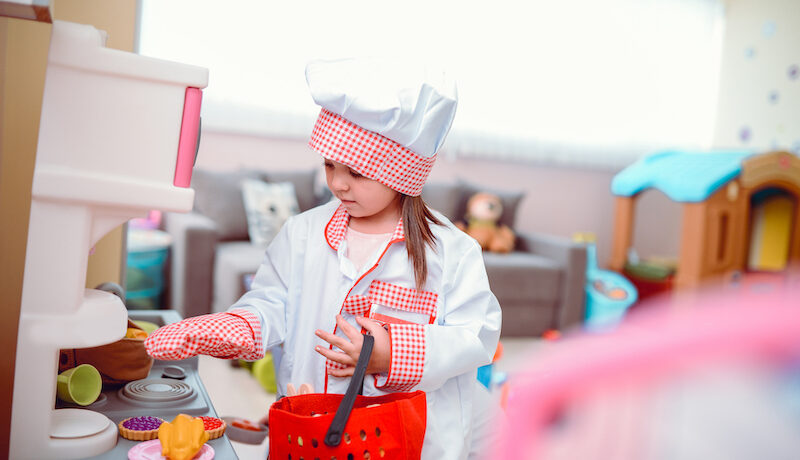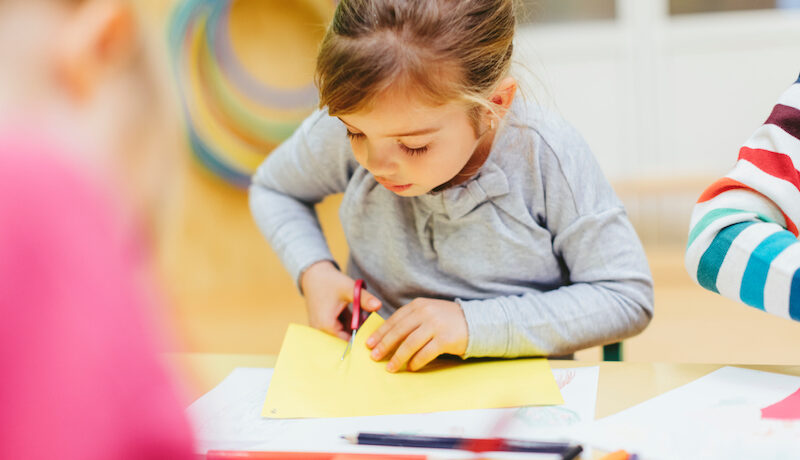The Characteristics of Effective Learning’ and the ‘Areas of Learning and Development’ are all interconnected. At ‘Sparkling Minds’ we observe and plan with each of these aspects in mind. These characteristics show us how children engage with their environment and underpin their learning and development across all areas. When these characteristics are encouraged and developed they support the child in becoming an effective and motivated learner.
|
Playing & Exploring ENGAGEMENT |
Finding out & exploring |
Playing with what they know |
Being willing to have a go |
|
Showing curiosity about objects, events and people. Using senses to explore the world around them. Engaging in open ended activity. Showing particular interests. |
Pretending objects are things from their experience. Representing their experiences in play. Taking on a role in their play. Acting out experiences with other people. |
Initiating activities. Seeking challenge. Showing a ‘can do’ attitude. Taking a risk, engaging in new experiences, and learning by trial and error. |
|
|
Active Learning MOTIVATION |
Being involved & concentrating |
Keep on trying |
Enjoying achieving what they set out to do |
|
Show deep drive to know more about people and their world. Maintaining focus on their activity for a period of time.Showing high levels of energy, fascination.Not easily distracted.Paying attention to details. |
Persisting with activity when challenges occur. Showing a belief that more effort or a different approach will pay off and that their skills can grow and develop (growth mindset). Bouncing back after difficulties. |
Showing satisfaction in meeting their own goals. Being proud of how they accomplished something- not just the end result. Enjoying meeting challenges for their own sake rather than external rewards or praise(Intrinsic motivation). |
|
|
Creating & Thinking Critically THINKING |
Having their own ideas |
Making links |
Choosing ways to do things |
|
Thinking of ideas. that are new and meaningful to the child. Playing with possibilities (What if? What else?) Visualising and imagining options. Finding new ways to do things. |
Making links and noticing patterns in their experience. Making predictions. Testing their ideas. Developing ideas of grouping, sequences, cause and effect. |
Planning, making decisions about how to approach a task, solve a problem & reach a goal. Checking how well their activities are going. Changing strategy as needed. Reviewing how well the approach worked. |


